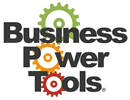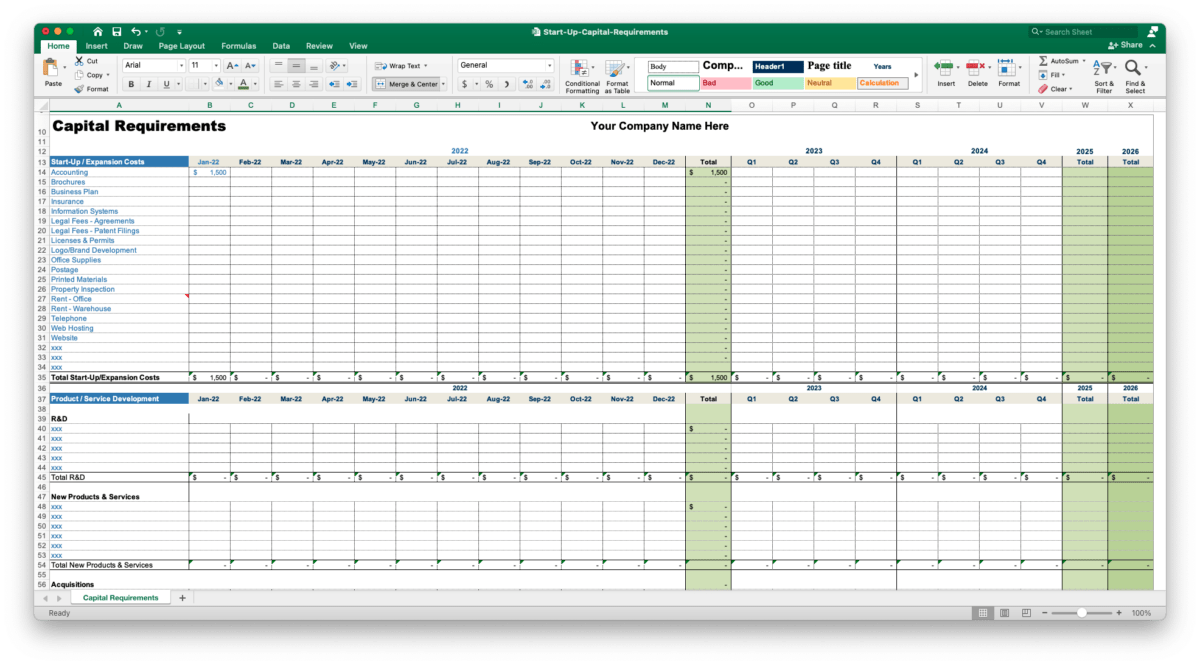For more than 30 years, I’ve had the unique privilege of selling a business plan software template that has helped millions of entrepreneurs start and grow their businesses, as well as raise capital. Our goal has always been to ensure our software assists our subscribers in writing a business plan that powerfully communicates the right information to your intended audience.
Investors often see proposals for similar startups, but just a great idea may not be enough.
Since they can’t invest in every idea, the choice comes down to which team is most likely to succeed?
They “bet on the jockey, not the horse.”
Since you are competing for their money, you must prove that you and your team are the best bet.
This is why you want to have developed your complete business plan.
So, what information must always be incorporated in any business plan?
Today, we take a look at the 10 most important things your business plan must have:
1) Introduce the problem / BIG idea → Mission, Goals, and Actions. Why are you in business? Once you have set the big picture by clearly identifying a mission for your company, you must then align your goals and actions to achieve that mission. Is your plan clear about the connection between these elements? If not, it may signal that you are not heading in the direction in which you really want to go. (See also, my blog post “Are you a Mercenary or a Missionary?”)
2) Define Your Customers. Customers should be divided into market segments. This is important since each segment will act differently and put unique demands upon your organization. You need to identify for each segment – Who is buying? What are they buying? Why are they buying? Most importantly, how many are buying? This determines the potential size of your company. Your plan should also explain how your company intends to serve each type of customer better than anyone else.
3) Point to Major Opportunities. To demonstrate how your company will expand and prosper, your business plan must clearly point out major opportunities that will drive growth (i.e. unique products/services, new technologies, gaps in the market, distribution advantages, etc.) and outline the actions you intend to take to capitalize upon these opportunities.
4) Acknowledge Risks and Show You’re Prepared for Threats. Your business plan should point out possible threats that loom on the horizon (i.e. a market slowdown, new regulations, increasing competition, etc.) and offer ways to prepare for them or even turn them into a real business opportunity.
5) Direct and Indirect Competitors. Your business plan should cover what you know about your competitors today and, more importantly, how you intend to keep track of them on an ongoing basis. Moreover, your plan should address how you intend to use what you learn to choose competitive battles you can win.
6) Understanding of Strengths and Weakness. Your business plan should list your company’s capabilities and resources – from management skills to research expertise to operational advantages to marketing savvy to distribution strength to your loyal customers. But the plan should also go on to describe where you are weak and need improvement. Every company has weaknesses.
Investors know that, so don’t ignore it in your business plan.
7) Describe a Strategy that Makes Sense. Your company must have a realistic strategy that’s logical and rational about what can be accomplished and how long it’s going to take. At the end of the day, a good strategy executed well will win the ballgame.
8) Provide Numbers You Can Stand Behind. Your financial statements are your company’s report card, so to speak. They should paint an honest picture of your business. Your business plan should include a realistic financial portrait, based on assumptions that you believe in and numbers that you trust. Be prepared to back these assumptions up with facts and verifiable sources.
9) Have a Backup Plan. Your plan should acknowledge that you don’t have a crystal ball, so present some alternative or backup options for the plans you’ve made. Ask and answer the question, “What if…?”
10) Be Sure Your Plan is Clear, Concise, and Current. Your plan is a living document, so make sure it communicates clearly, is concise and to the point, and is in a form that is easy to update as things change.
It all adds up to building a compelling case… based upon the market, your strategy, business model, the story you tell, the information you provide, the people on your team, the realistic promise in your projections, and your personal gravitas — your knowledgeable presence when pitching.
Can You Do This All On One Page?
Sure, there are a variety of ways of introducing your concept, from a business model canvas to a 2-page business plan summary, but the more prepared you are the better.
At first, investors just want a summary plan — it’s enough to quickly make a go, no-go decision.
And this is where most business plans and discussions around business planning seem to stop…
If the investor is interested, they’ll want to know everything that you know!
Investors often see proposals for similar startups, but just a great idea may not be enough. Since they can’t invest in every idea, the choice comes down to which team is most likely to succeed?
They “bet on the jockey, not the horse.” Since you are competing for their money, you must prove that you and your team are the best prepared. This is why you want to have developed your complete business plan.
I hope this brief overview will help you to quickly focus your energy on improving elements of your plan that will enhance your chances of raising capital.
 Your secret for producing a business plan investors will read
Your secret for producing a business plan investors will read
The better job you do on your business plan, the better funding deals you’ll make!
More than a cheap quickie app or a plan you can write in a day… if you want real capital, isn’t it worth your own investment to give investors something they can believe in and fund?
Show investors what you know. Sell your BIG idea… Be the best deal on their desk.
BizPlanBuilder writes a professional business plan for your project quickly and efficiently. Its organized system of pre-scripted sample business plan templates in Microsoft® Word, flexible Excel financial models, and PowerPoint presentation example can be downloaded as an app or accessed online where you can collaborate with your team and advisors. It works for both Windows / Macintosh.
This isn’t offered as a loss-leader. We’re betting the farm on it and so can you.
BizPlanBuilder offers the fastest and easiest way of turning your ideas into an investment-grade business plan and a successful business. BizPlanBuilder also supplements the “business model canvas” and “lean start-up” ideas to give investors the details they want so they’ll actually appreciate and enjoy reading your business plan! And dramatically increases the potential for them investing in your company.
BizPlanBuilder is the funding leader evolved and vetted over 30+ years through thousands of deals with banks, SBA lenders, angel investors & venture capitalists worldwide.
Click Here to Discover BizPlanBuilder









We have used your business plan templates for many years with great success. (The first one was in DOS!)
Businesses should review and rewrite their plans periodically.
Business Plan tips are excellent.
I would appreciate the tips on execution.
Thanks for sharing.
Yes it is a Road Map, and if its earnestly created without too many presumptions, would guide your business all the way. But it needs to be re-visited often enough, and tweaked to current market conditions.
Nicely outlined and allows us all to remember to revisit, redesign and implement!
Thanks,
Anjali Bakshi-Rami
Well said… now I just need to design, implement and execute.
Thank you for sharing!
Carmelle
All ten are so important to your business plan. I know myself, I have been lax on re-visiting mine since a business plan is “alive”, and you should always review it to make sure you are following it, being #1, and also updating it being #2.
Your success depends on it!!
Thanks for sharing and reminding!
Michael